Organize Data retention policy Canada Forms for individual or professional use. Effortlessly adjust and fill your forms, send them with your team, and save finished documents in your DocHub account.

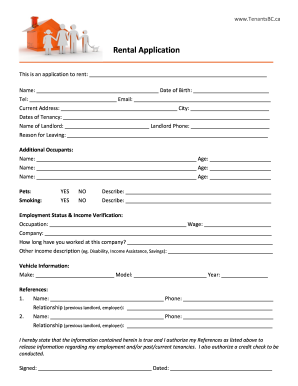

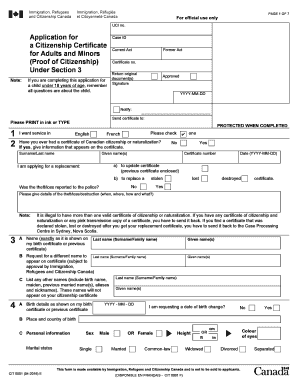
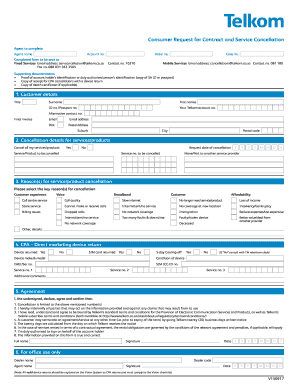


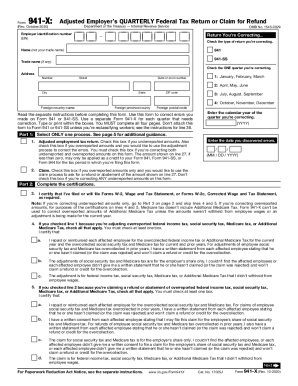
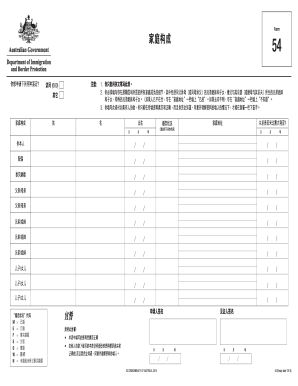
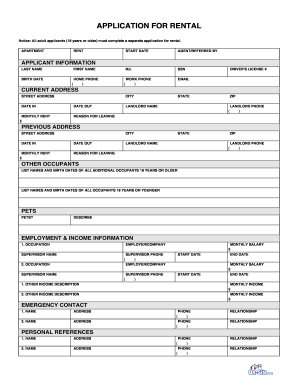



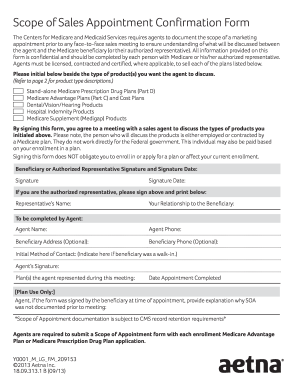



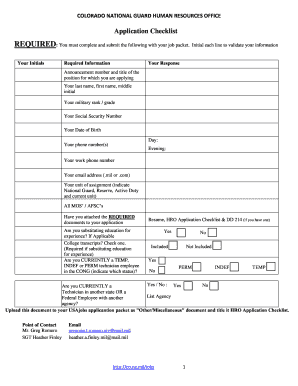
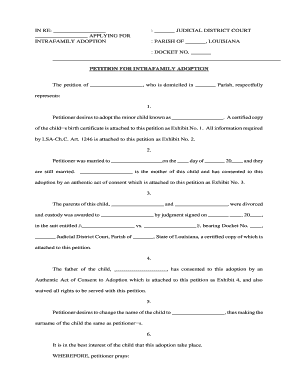
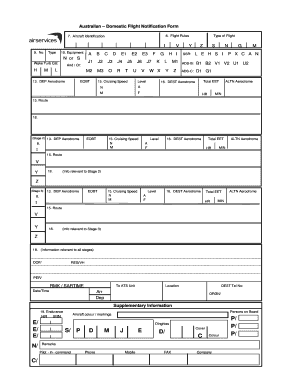


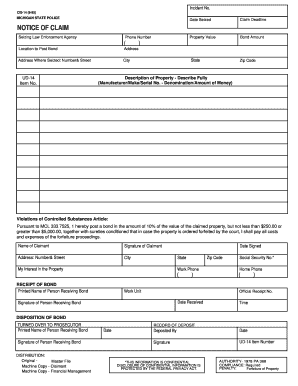




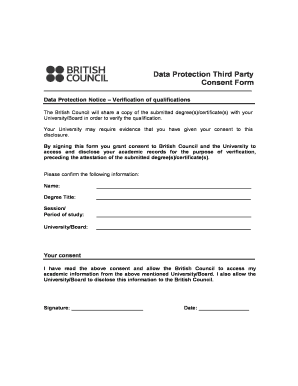
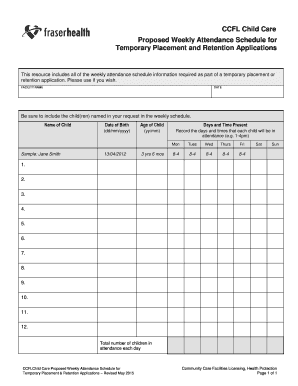
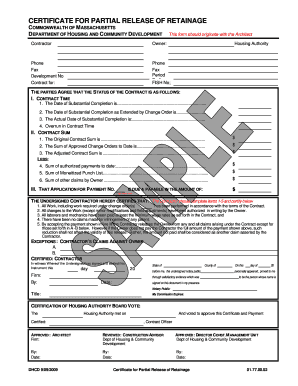

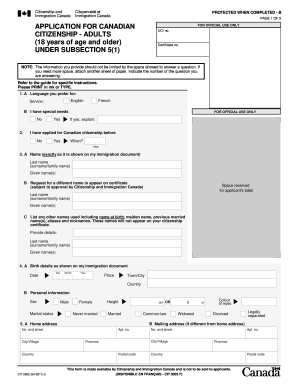


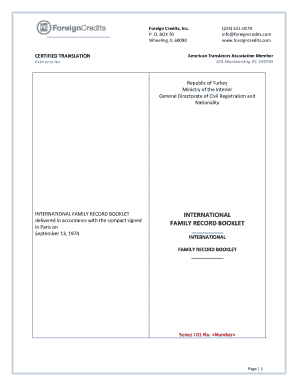

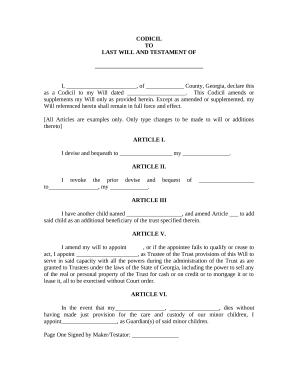
Document management can overpower you when you can’t find all of the documents you require. Luckily, with DocHub's extensive form collection, you can discover everything you need and promptly handle it without changing among applications. Get our Data retention policy Canada Forms and begin utilizing them.
Using our Data retention policy Canada Forms using these simple steps:
Try out DocHub and browse our Data retention policy Canada Forms category easily. Get your free profile today!